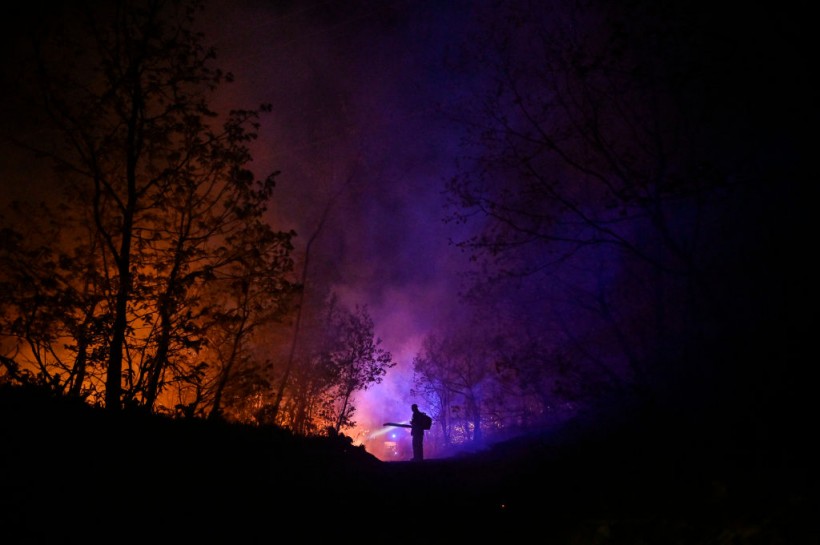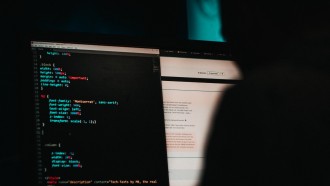Alphabet's moonshot factory X has introduced Project Bellwether, a new initiative aimed at leveraging AI technology to predict natural disasters such as wildfires and floods more efficiently.
The project, if successful, could offer valuable insights for first responders and emergency management teams.
"Today I'm psyched to introduce Bellwether - the first prediction engine for the Earth and everything on it. After several years working with a small but mighty team, I'm proud to announce a mission, product, and partnership on the same day," Sarah Russell, the project lead, said in a LinkedIn post.

(Photo: ARMEND NIMANI/AFP via Getty Images)
All About the Project Bellwether
Project Bellwether seeks to utilize AI tools to identify and anticipate changes across the planet, enabling organizations, communities, and businesses to make smarter and more timely decisions regarding the natural and built environment.
According to Sarah Russell, the project lead, applying AI to geospatial questions has historically been challenging and costly. However, the team behind Bellwether has incorporated recent advancements in machine learning to reimagine the approach.
Russell describes Bellwether as the first prediction engine for the Earth and everything on it. The project has developed two primary products: a fire risk forecasting model and a disaster response tool tailored for first responders.
The disaster response tool aims to assist organizations like the DIU and National Guard in rapidly identifying critical infrastructure following extreme weather events or natural disasters.
Read Also: BurnBot Raises $20 Million to Develop Wildfire-Preventing Technology
Collaborating With First Responders
Collaboration with first responders has been integral to the development of Bellwether. Russell highlights the partnership with the National Guard, emphasizing their dedication to caring for people, property, and communities in the aftermath of disasters.
The input and feedback from first responders have helped shape the project's tools to better meet the needs of those on the front lines.
"Our goal is to help the Guard to do faster what it does best: care for people, property, and communities after disasters," Russell said in a statement.
Russell reflects on her experiences working with the Guard, drawing parallels to her previous role in the U.S. Department of Veterans Affairs. She acknowledges the unique sense of mission and commitment that comes with public service, emphasizing the importance of serving communities across the country.
Despite the technical challenges, Russell expresses pride in her team's ability to develop a tool that analyzes aerial imagery of disaster scenes and provides relief recommendations within seconds.
This rapid response capability promises to enhance the effectiveness of first responders in the field, enabling them to act swiftly and decisively in crisis situations.
"This was a monster of a technical problem, but we've managed to build a tool that analyzes aerial imagery of disaster scenes and provides relief recommendations within seconds - not hours. I'm thrilled that first responders in the field will soon benefit from this collaboration," Russell said.
Related Article: Greece Teams Up With Israel to Introduce AI-Powered Detection System of Wildfires






